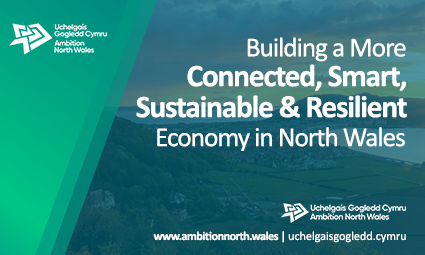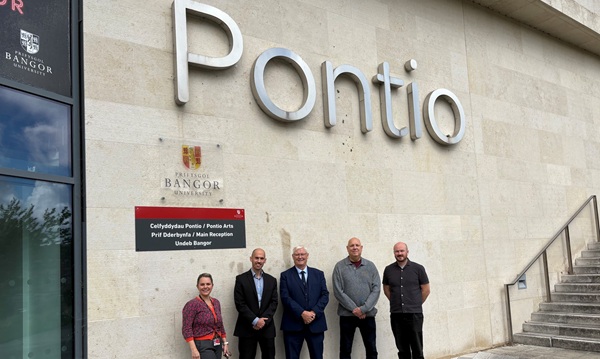
GUEST COLUMN:
Rowland Rees-Evans
Chair
Wales Tourism Alliance
As Chair of the Wales Tourism Alliance, I’m acutely aware of the challenges facing our industry. Tourism is a cornerstone of the Welsh economy, supporting jobs and businesses across the country. However, the proposed Visitor Levy comes at a time when the sector is still recovering from a difficult few years. This is the wrong policy at the wrong time.
The idea of a levy is not new. Cities like Barcelona and Venice have introduced similar charges to manage the pressures of overtourism. But Wales is not facing the same issue. While there are pockets where visitor numbers may strain local infrastructure, the vast majority of Wales does not have “too much” tourism. Instead, the industry is grappling with rebuilding itself after the pandemic.
In 2019, the tourism sector was in a strong position. Fast forward four years, and we’re still striving to return to those levels. Data from Visit Wales highlights this slow recovery, exacerbated by the legislative changes we’ve had to absorb. These include stricter rules for self-catering accommodation and new waste management requirements, alongside the looming challenge of higher National Insurance costs for businesses later this year. Adding a Visitor Levy to this mix feels like one pressure too many.
There’s also the question of competitiveness. If a levy is introduced in Wales while neighbouring regions in England or Scotland do not follow suit, we risk pricing ourselves out of the market. Tourists, particularly those from overseas, may choose destinations without extra charges. This could be devastating for small businesses already operating on tight margins.
Local authorities, understandably, see the levy as a way to generate much-needed funds. Councils have faced years of financial challenges, and the additional revenue could be used to support community infrastructure and local tourism initiatives. However, the timing is critical. The industry must first stabilise and grow before it can absorb the impact of such a policy. A phased introduction further down the line—perhaps by 2030—would make more sense, allowing us to better understand the levy’s potential effects.
If the Welsh Government is serious about supporting tourism, there are other ways to help. For instance, increased investment in Visit Wales could bolster marketing efforts to attract more visitors. The public sector has faced funding cuts over the past decade, and tourism promotion has suffered as a result. Providing more resources for marketing Wales as a destination would not only boost visitor numbers but also help the industry generate the revenue needed to support local economies.
Tourism in Wales is about more than numbers; it’s about showcasing our culture, landscapes, and communities. A Visitor Levy risks becoming a barrier to growth at a time when we should be focused on recovery and building resilience. Before introducing such measures, let’s prioritise helping the sector get back on its feet.
If we can do that, a more balanced and sustainable approach to funding tourism might be possible in the future. For now, though, the message is clear: timing is everything. And for the Visitor Levy, the timing simply isn’t right.











